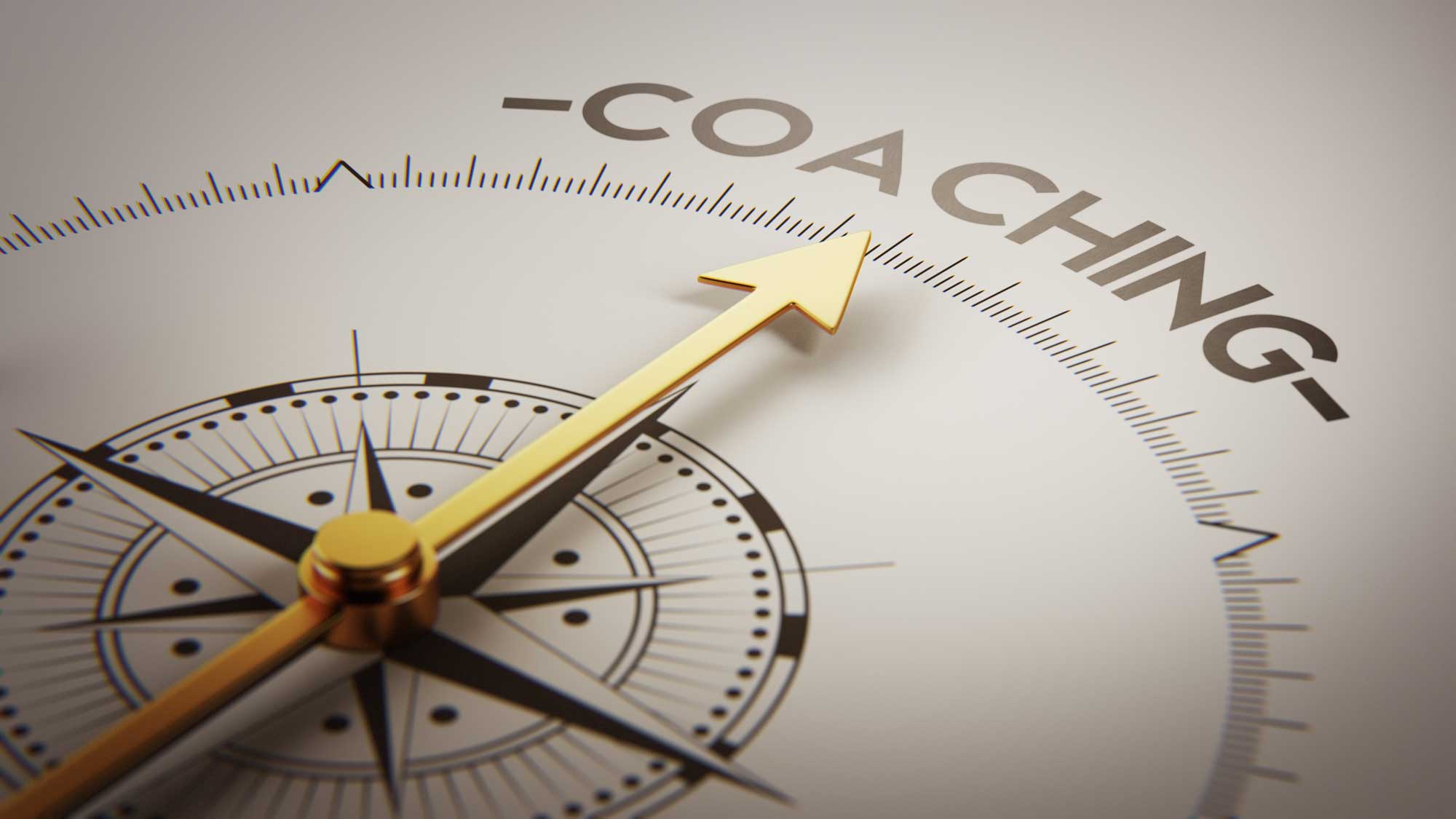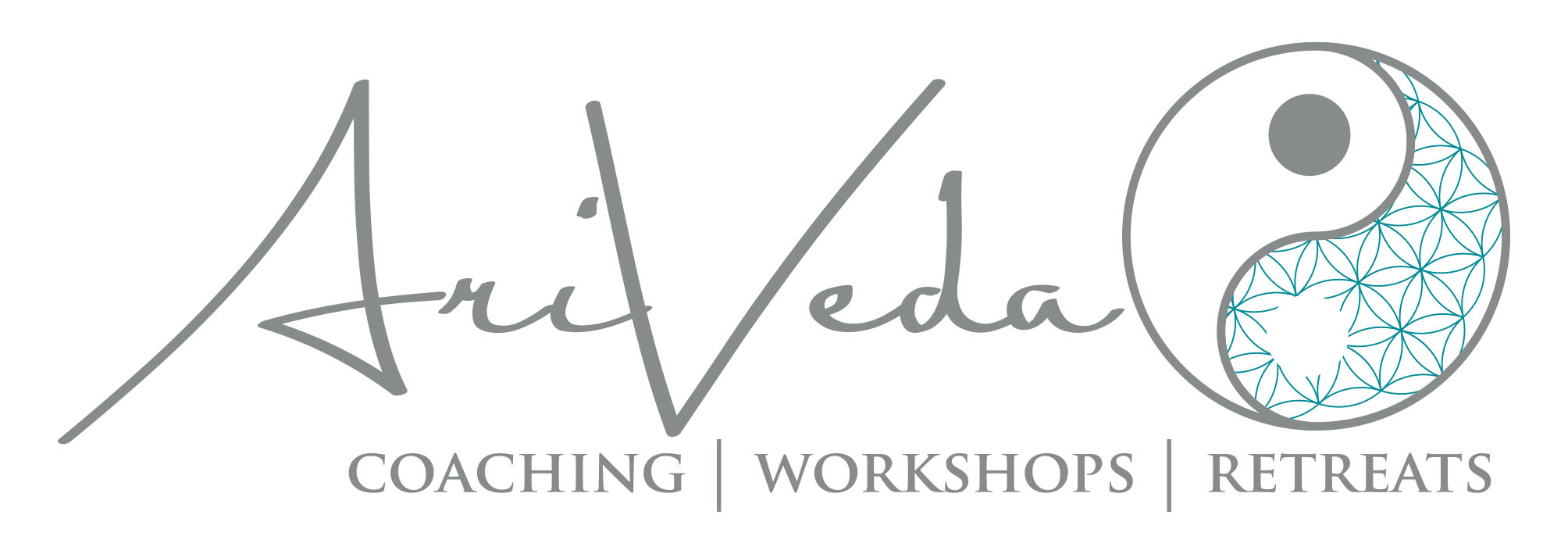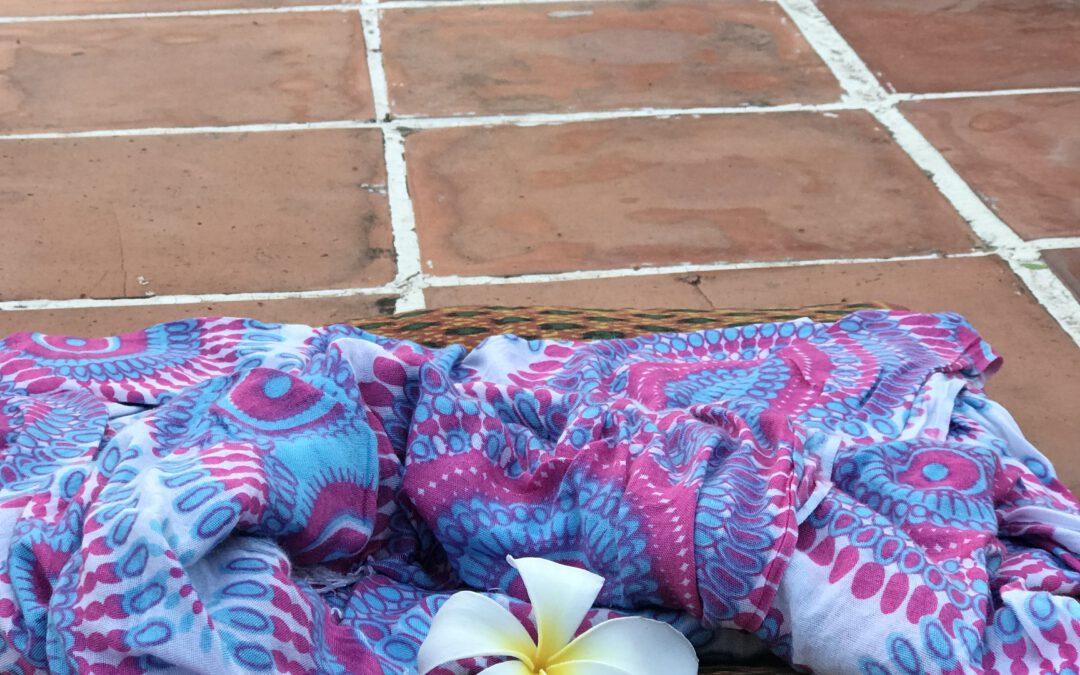Yin is in!
” Cosy lolling on the yoga mat”? Or remain still for a period of three to five minutes passively in the asana (the yoga position), this seems to be becoming more and more popular for a while now. Stretching and breathing and getting the fasciae, the lymphatic system and our whole body flowing or unwinding – that sounds relaxed and easy. That sounds relaxed and easy.
In my yin yoga classes things get noisy sometimes. Groaning, Heike moves from the right side “twisting roots” to the left. Christoph slides off the “Sphinx” onto the floor with a loud sigh. On the way towards the “saddle”, pillows and blankets are moved, I am busy assisting. At the beginning of each asana there is often a slight moaning, but after a while there is silence on the floor. Everyone enjoys the “golden pain”, or quite simple, the stretch.
But one thing everyone agrees on, is that the best feeling comes when you just lie on your back after coming out of the posture. You notice how the blood or Qi (the life energy – also called Prana) flows through your body and it feels so wonderful for yourself to be in your body.
Yin and Yang
Yin, Yang, Qi. From the Chinese philosophy and traditional Chinese medicine, our whole life and everything that happens around us is about opposites as well as the balance and the compensation in between to let the energy flow and to stay healthy. Through light, for example, we know what darkness means. Or by being cold, what warmth feels like. And just like Traditional Chinese Medicine (TCM), Ayurveda is also about living in harmony and balance. In Ayurveda, for example, there is the light and unstable Vata dosha, which can be balanced with grounding and warmth, or the fiery Pitta, which can be helped by freshness and nature to settle in its balance.
Yang lifestyle or increased Vata and Pitta Dosha.
Our modern life is dominated by performance and targets. Always on the move: Physically and mentally active – awake. Communication, interaction, adaptation and persistence as a permanent state? We are influenced by the active Yang and the Doshas Vata and Pitta. We crave balance, harmony and serenity.
So how do we, each and every one of us, achieve balance? Is calm, Yin, really the solution for all stressed people? The answer is clearly: “yes-no”. Ayurveda, TCM and whoever else deals with the individual human being, knows that there are no long-term, satisfying standard solutions or blueprints that work the same for everyone. However, it is also important for active and sporty people to allow the body a break.
“After a hard day at work, I like to work out physically, for example at the gym or running, that’ s good for me,” José said to me as we were chatting after a yin yoga class. He actually came to yin yoga through his wife and now enjoys stretching his well-toned body by doing it. Besides a relaxed body, the fact that his mind also goes home happy, relaxed and satisfied after the yoga class is a great side effect for him that he no longer wants to miss.
Whether you live an active, busy life, you are stressed and/or you are active in sports, your body needs and demands a counterbalance: Yin.
“What exactly happens to me when I practice yin yoga?”
While in dynamic yoga (for example, the sun salutation) we let our muscles and strength play, yin is about not using them. Yin yoga is practised statically, where we stay in the asana for several minutes and work on our connective tissue, the fascia, with compression and contraction. Because the collagen fibre, which is decisively responsible for the stretching effect, only reacts after about 90 seconds and loosens up properly. By staying in the asana for up to 5 minutes, the fasciae can be stimulated and stretched perfectly.
This pressure or tension that we experience while holding the position brings us a sigh or two at that moment and nothing starts “to flow” yet. There may be some discomfort and it can cause us to groan or even get angry. Therefore, during the practice it is particularly important that we really do put only our connective tissue under pressure, which we can perceive well by means of a “stretching pain”. Muscles and bones are a no-go.
However, if we release the tension, the blockage we have brought on ourselves is released and we can feel a rush of energy (similar to a flood). We feel tingling or warmth in the corresponding places. Our body and mind both become more relaxed. Through the energy pathways, meridians, Qi carries positive stimuli to the corresponding organ.
What do fasciae have to do with stress?
Although fasciae hold our bodies together from head to toe in the form of a sometimes more or less firm and elastic network, they were underestimated for a very long time. It has only been in the last few years that this web has been brought more into the holistic focus.
Rather than connective tissue, tendons or ligaments, we usually refer to them. Fascia layers that weave around our heart, lungs or other organs or connect and support our whole body. In addition, with view to the biodynamics of the body, its regulation and perception, as well as in the context of blood and lymph flow, your fasciae also plays an active part for you and your body.
Have you ever noticed that your body feels stiffer and more painful during moments of stress – particularly in your back? Fasciae!
Such a complex and interesting topic. Pragmatically explained: Your fasciae are closely connected to the sympathetic nervous system (which works more intensively when under pressure). When we are stressed, our fasciae (especially the myofibrolasts) tense up. If there is no end with the stress, we have constant stress or are not able to relax, the fascia tension becomes muscle tension. And to top that off: If we have this persistent pain, the tenseness of muscles and fascia, our nervous system is of course under stress and cannot relax. t’s an unpleasant cycle that not only affects your physiological movements, but also increases your risk of injury and can even negatively affect your immune system (the lymphs contain our immune cells).
Acupuncture in Yin Yoga – or what role do the meridians really play?
If I write here and now that yin yoga replaces acupuncture, then my doctor will take an extra large needle for me at the next acupuncture 😉
However, they both have one principle in common: Traditional Chinese Medicine calls the energy pathways meridians. If these pathways are blocked, the energy, Qi (or Prana in Ayurveda) cannot flow. The meridians stretch like a net throughout our body and nourish it and our organs. However, the system of action is much more complex and so, for example, we can stimulate the liver meridian, which runs along the inner side of our thighs and calves, among other places, by leaning slightly forward in a straddle seat and “enjoying” the “golden pain” in the inner side of the thighs. We can regulate metabolism or menstruation with it in a very physical way, for example. Yet the liver can do even more: on a psychological level, we can address issues such as mood swings, anger, frustration or disorientation.
A regular yin yoga session, in which the meridians are stimulated, does not replace a consultation with a doctor or naturopath, but it can be used as a supportive measure for specific symptoms of illness or as a preventive treatment.
Yin Yoga as an Anti-Stress System, against tightened fasciae and for Prevention
So it is obvious that, on the one hand, the calm, static and meditative yin yoga asanas help you to calm down and on the other hand, you can use the time to connect body and mind through deep and relaxed breathing. For me personally, yin yoga has always a meditative effect (when I can let go of my thoughts).
Furthermore, by stimulating the fasciae and the meridians, energy (qi or prana) is not only channelled through the body, but also makes it (and the mind) more relaxed. The exercises massages the organs, providing them with the necessary Qi, promoting metabolism and our natural detoxification, and basically have a great influence on our physical and mental health.

How Yin Yoga found its place in my life….
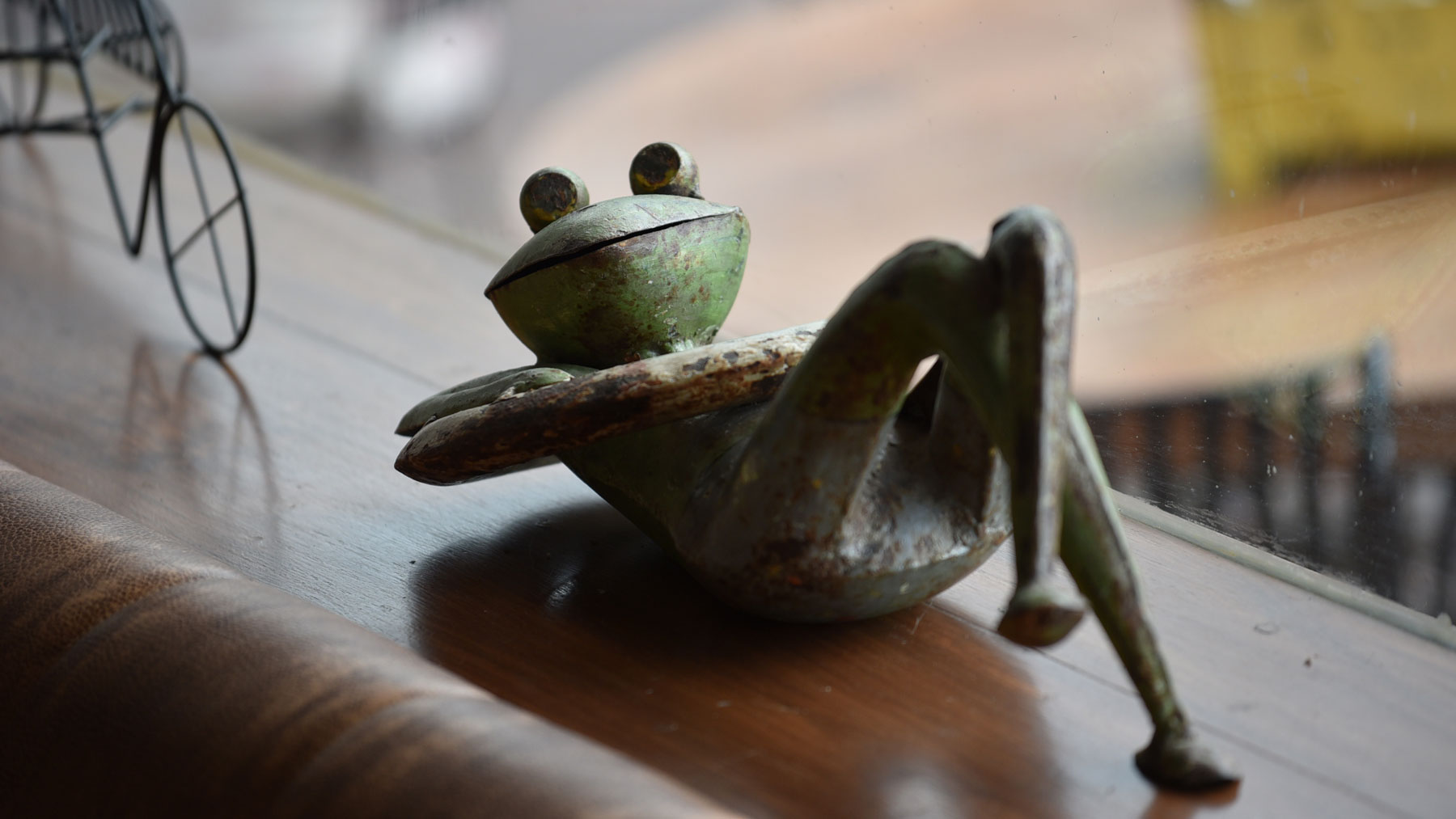
Things to consider when attending a yin yoga class….
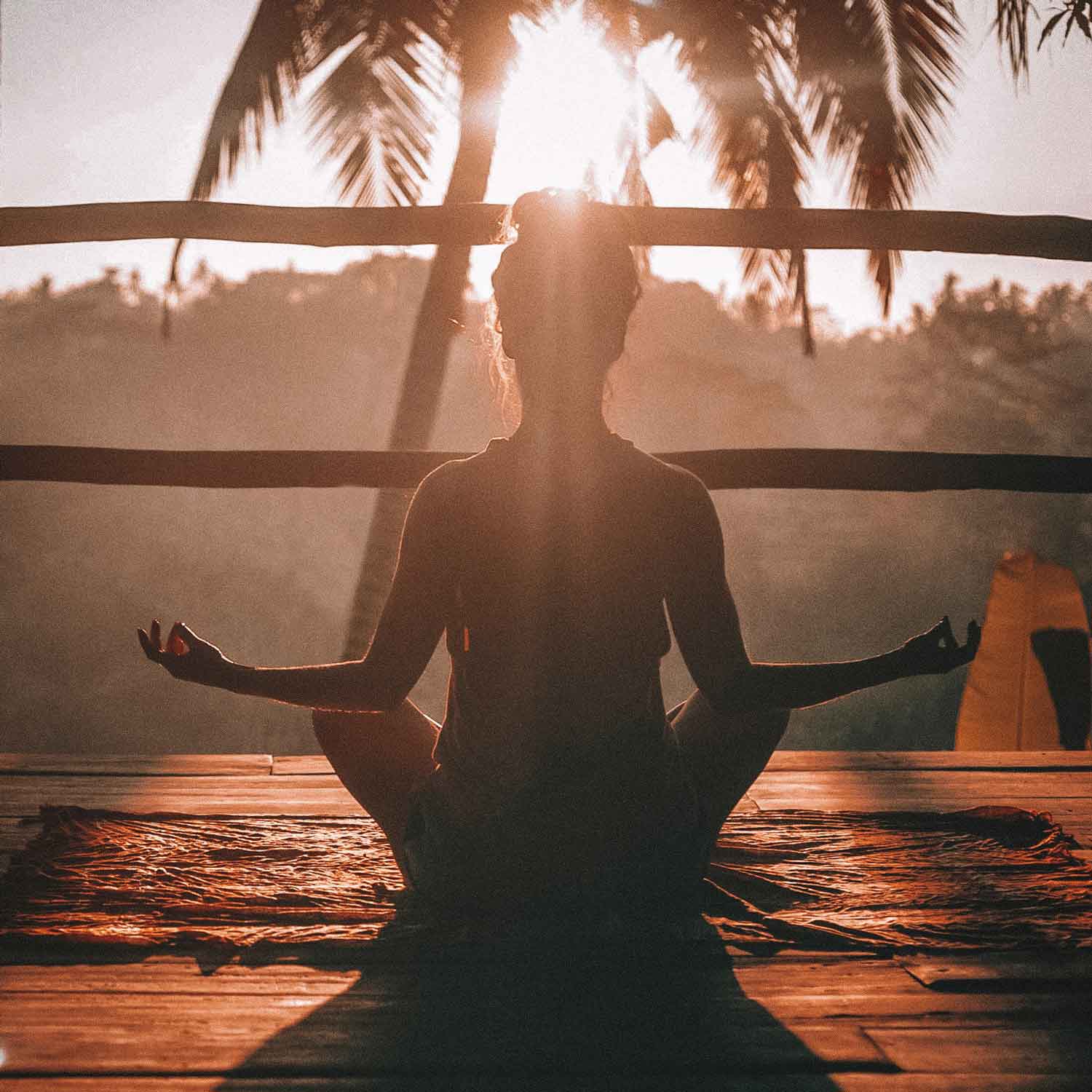
Yin Yoga sequence and guide for your individual practice at home…
